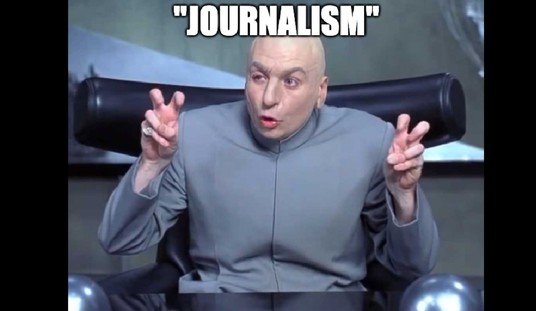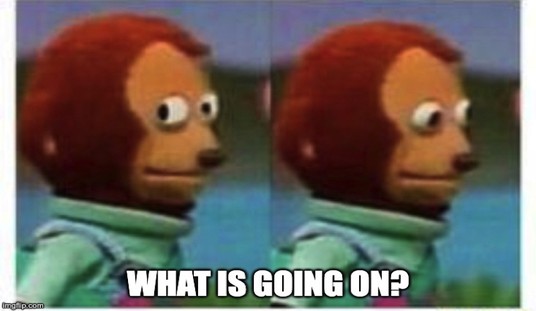This is some SHOT/CHASER Hall of Fame material via The Washington Post Jennifer Rubin:
— Barbara Boland (@BBatdc) February 4, 2020
First up, from May 13, 2019: “Why Iowa is so important“:
a gigantic field playing with a 15 percent rule makes it that much harder for real underdogs to survive. That makes, for better or worse, Iowa and New Hampshire absolutely critical for a whole lot of contenders. https://t.co/VcYh6L7qyb
— Jennifer Rubin (@JRubinBlogger) May 13, 2019
Her conclusion? “The field is likely to shrink quickly”:
Third, the field is likely to shrink quickly. A batch will exit after New Hampshire or Iowa, and others will vanish after Super Tuesday (March 3, 2020). We might not have a winner by early March, but we are in all likelihood going to be down to a handful of contenders.
In sum, a gigantic field playing with a 15 percent rule makes it that much harder for real underdogs to survive. That makes, for better or worse, Iowa and New Hampshire absolutely critical for a whole lot of contenders.
And then on February 3, 2020: “What good are the Iowa caucuses anyway?“:
There is very little incentive for any candidate to get out at this point given the debate later in the week and New Hampshire four days after that. So why is Iowa in first place if it does not winnow the field? https://t.co/Rjv0q1jFVq
— Jennifer Rubin (@JRubinBlogger) February 3, 2020
Now it’s, “there is reason to doubt” all these candidates will leave early:
There are bound to be a whole bunch of candidates during the Iowa caucuses on Monday night who do not meet the 15 percent threshold, do not get delegates and do not make it out of single digits. What do those candidates do, and when do they do it? Theoretically, the idea has been that some of those candidates get out. In this case, however, there is reason to doubt that will happen.
That’s some great insight, Washington Post.
***
























Join the conversation as a VIP Member